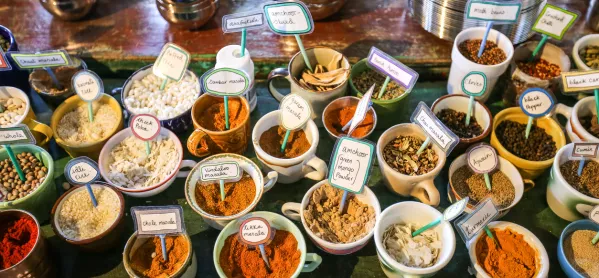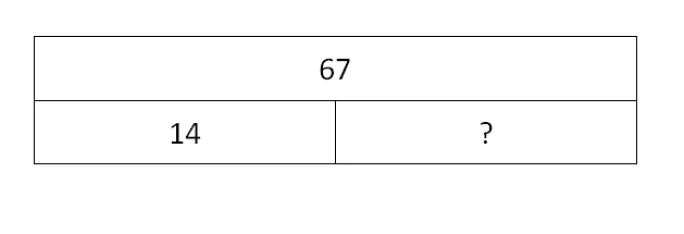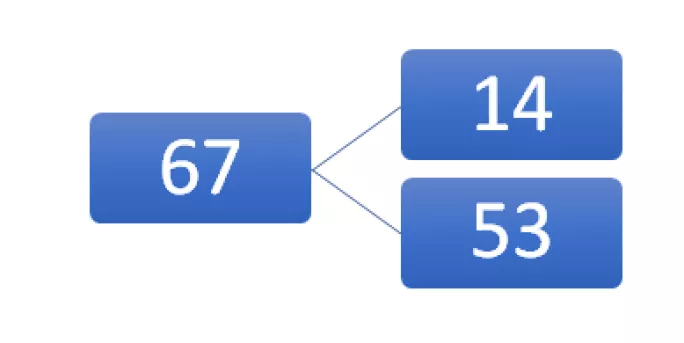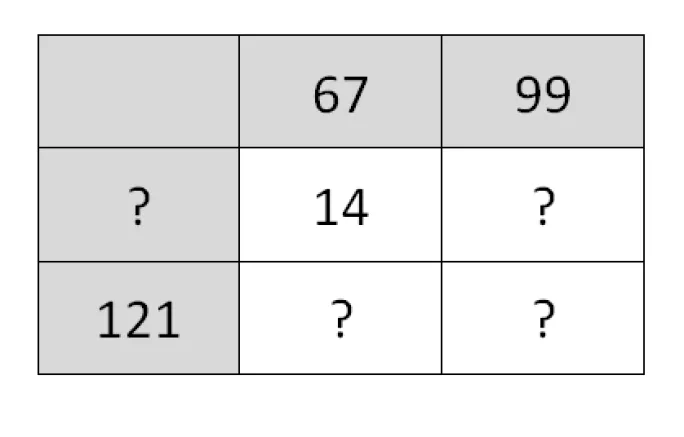- Home
- 10 ways to spice up your primary maths problems
10 ways to spice up your primary maths problems

Say you have a simple maths objective such as adding three-digit numbers using written methods. You could set out the question as 367 + 613 = ___ and most children who were “on track” would be able to attempt it.
However, rearrange it to ___ = 367 + 613 and some of those very same children will stumble.
Equally, I’ve seen lots of children manage to calculate something like 30 per cent of 250, but get stuck when it’s put across as 30 per cent x 250.
Both the above examples require exactly the same skill, but are set out in different ways.
We try and prepare children for this by varying our maths problems in lessons, but if we’re honest a lot of us could push it further. At the start of this year I certainly realised I was not including as much variation in my maths problems as I could have been.
So since then I have been searching out ways to spice up my maths problems, and I have listed 10 of the best below. These examples are based on one objective - subtracting two-digit numbers - but they could be applied to many different objectives.
Ten tips to improve maths understanding
1. Use different vocabulary to ask children to practise the same objective. ”Find the difference between 67 and 14.”
“What is 14 less than 67?”
“Subtract 14 from 67.”
“How many more is 67 than 14?”
Exposure to these terms during the variation stage prepares children for using them in a new context where they have to apply their knowledge, too.
2. Rearrange the order of a calculation - put the answer first: eg, 67 - 14 = ___ and also ___ = 67 - 14
3. If it’s a calculation involving a written method such as column subtraction, set it out complete with an incorrect answer, and challenge children to work out where you have gone wrong and correct it.
4. Again, set out a written method like column subtraction with the answer complete, but remove some of the digits and replace with empty boxes so the children have to work out what goes in the empty boxes. This is particularly good for calculations that involve exchanging to really see if children understand what it is going on there.
5. Make use of “part part whole” models, such as the bar model. The bonus of using these for variation is that they can help children understand the concept, too, and some children will continue to use these models to help them tackle reasoning and applying questions later on if they need to.

As well as asking children to use “part part whole” models to complete a calculation, you can provide them with a completed model and ask them to write the subtraction calculations it represents.

6. Also, think about using a number line in this way. Provide children with number lines with the working already done and ask them to identify the calculation that has been represented.
7. Show numbers in a calculation pictorially such as by using Dienes cubes. Don’t write these off or imagine that they are necessarily more geared towards younger children, because I’ve found them
to be a brilliant tool to aid decimal calculations in UKS2.
8. Challenge children to match a set of questions to their answers. To make it tricky, make the answers numerically quite similar.
9. Present children with two similar questions such as 67 - 14 and 33 - 20 and ask them explain which one is easier to calculate and why.
10. Arrange the numbers of a calculation in a diagram rather than just in number sentences - there’s endless ways you could come up with these but sometimes something as simple as a grid can do the trick. For example, in the example below the numbers in the grid add to make the numbers on the edges. This will require children to use subtraction to work out almost all of the question marks.

Challenging yourself to come up with as many different ways to pose the same question as possible can help children really secure an objective and ensure that they can’t only use it when it looks a certain way. Please do add you own suggestions in the comments so we can help students and create a bank of examples we can all benefit from.
Claire Lotriet is an assitant headteacher at Henwick Primary School in London. She is a Tes leadership columnist and tweets @OhLottie
Want to keep up with the latest education news and opinion? Follow Tes on Twitter and like Tes on Facebook
Keep reading for just £1 per month
You've reached your limit of free articles this month. Subscribe for £1 per month for three months and get:
- Unlimited access to all Tes magazine content
- Exclusive subscriber-only stories
- Award-winning email newsletters



